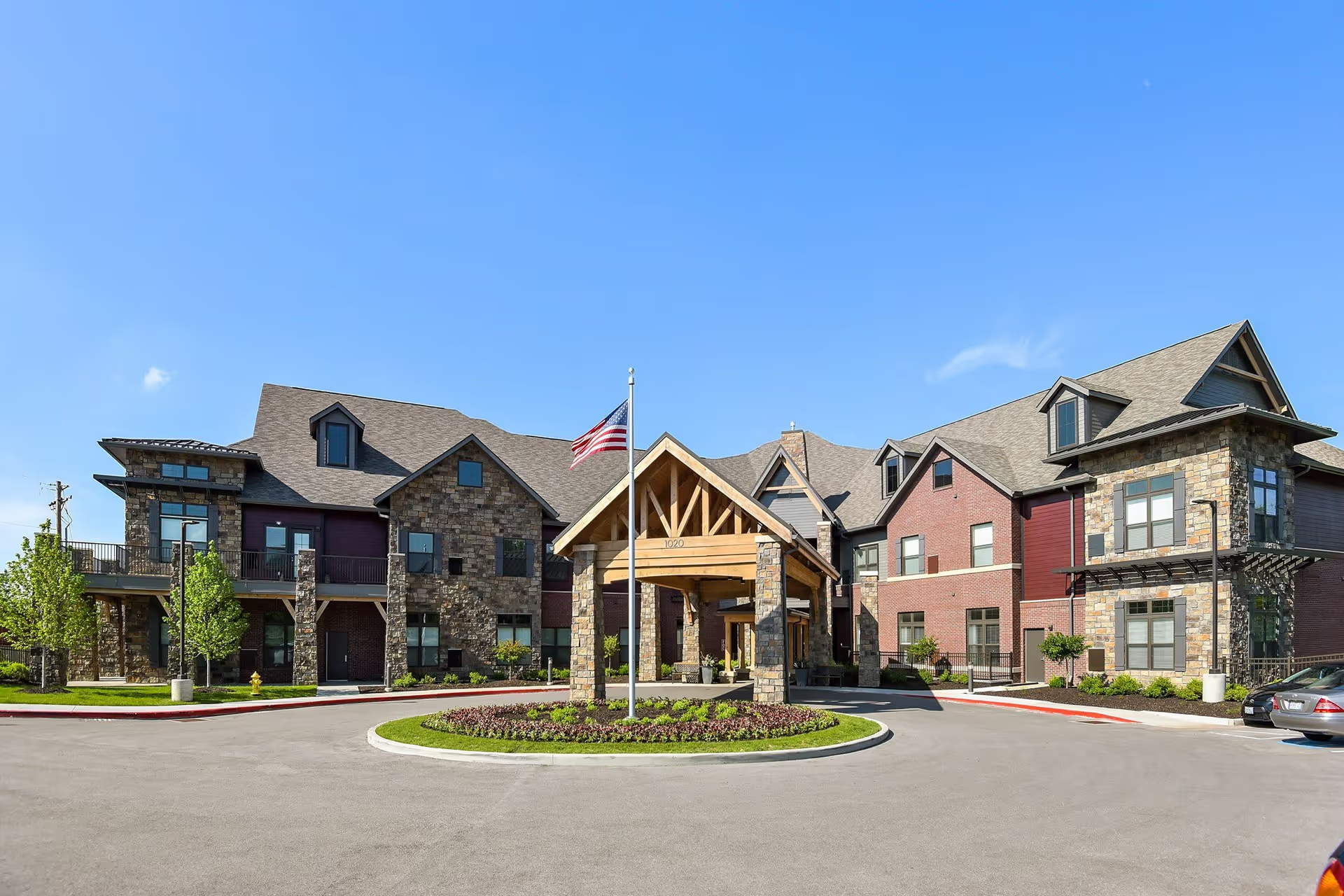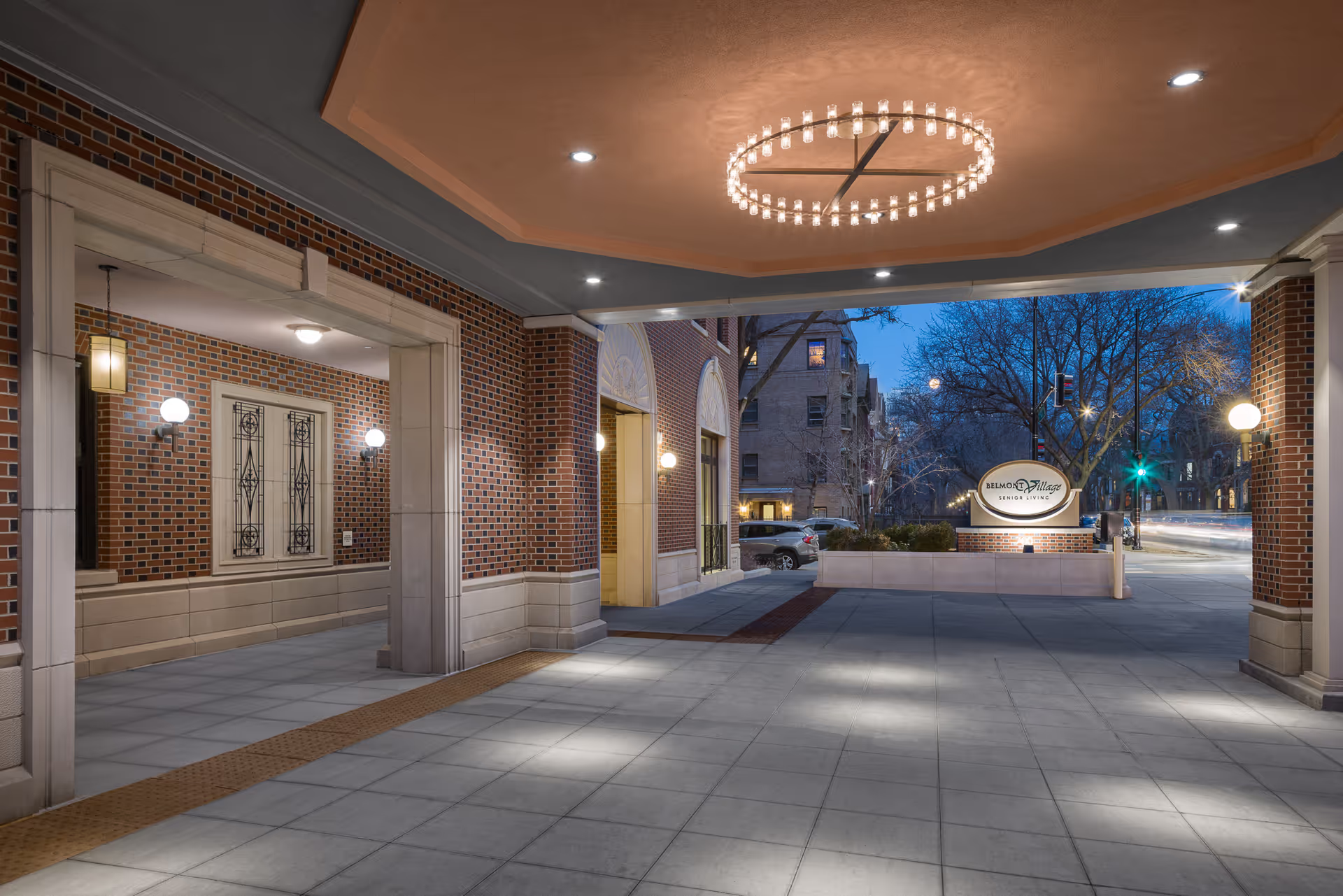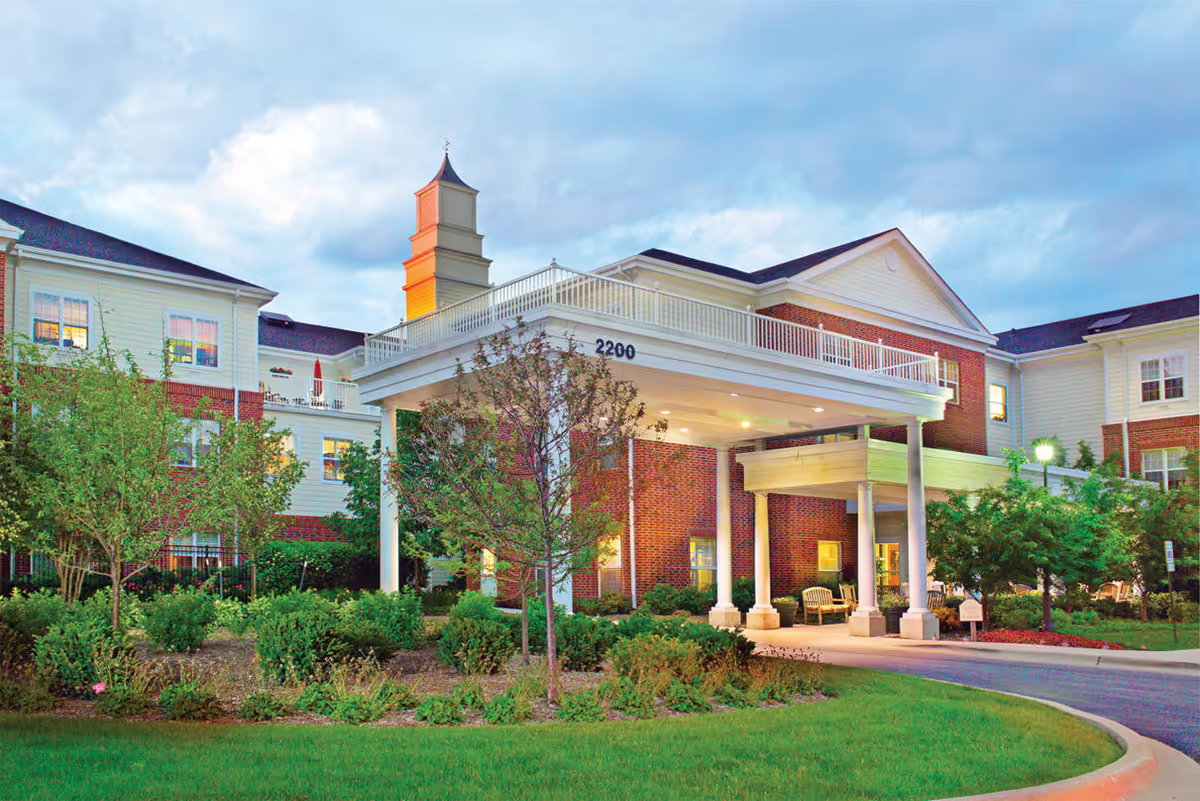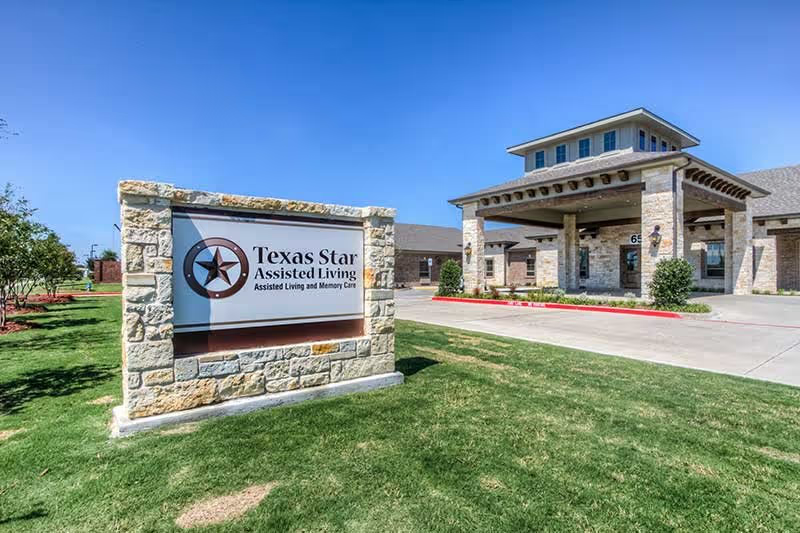Overall sentiment across the reviews for Traceway Retirement Community is mixed, with many reviewers praising the facility's small, home-like atmosphere and caring staff, while a subset of reviews raise very serious concerns about care quality, safety, and management. A majority of positive comments emphasize the community aspects: residents and families frequently mention a family-home feel driven by small-house living (10–12 residents per house), personalized attention where staff know residents by name, and a peaceful, well-kept environment that includes private rooms with en-suite bathrooms, comfortable common areas, and pleasant decor. Reviewers repeatedly note specific practical advantages such as an on-site doctor, 24-hour nursing coverage, an on-site pharmacy, daily rehab services, and proximity to a lake, walking areas, and local stores. Many residents and families describe good food, robust activities (resident-led groups, sewing, games, health club, outings), housekeeping and optional laundry services, pet-friendliness, and reasonable pricing—leading many to call the community a good value and to highly recommend it.
However, the reviews also contain a number of very troubling allegations and consistent areas of concern. Several accounts describe neglect and abusive handling by staff, including rough transfers, bruising, being thrown into wheelchairs, and inadequate skin care resulting in bedsores. More serious clinical failures are alleged in some reviews: errors in insulin administration leading to hypoglycemia, swallowing difficulties resulting in aspiration, dehydration, sepsis, and at least one reported death attributed by reviewers to substandard care. Other operational complaints include theft of residents' belongings and money, denial of simple services (an allegation of being denied Sunday church), poor or inconsistent communication with families—especially around incidents like falls or acute pain—and reports of apathetic or lazy staff in certain shifts. Several reviewers also point out that the buildings are older, room sizes can be small or dorm-like, and there is limited room availability with long waitlists. These negative reports indicate a high degree of variability in resident experiences and suggest possible issues with staffing consistency, oversight, and management responsiveness.
Patterns and contradictions emerge across the reviews. The small, household-style model and close staff-resident relationships are frequently cited as strengths that create a warm, personalized environment. Yet that same small scale and limited physical capacity is described as a limitation for residents who need higher levels of care (for example, progressive dementia), and an older facility footprint may constrain expansion or modernization. Many reviewers praise specific clinical resources—24-hour nurse, on-site physician, on-site pharmacy—which, if accurate and consistently applied, should support good medical oversight; nevertheless, the more serious reports of clinical mismanagement (medication errors, inadequate monitoring of swallowing and skin integrity) suggest that the presence of those resources does not guarantee uniformly safe care. Similarly, most reviewers compliment the food and activities, but a subset reports poor meals and limited engagement, again underscoring inconsistency.
Management and culture issues are a recurring theme that helps explain the wide spread in experiences. Positive reviews describe attentive, professional, and efficient staff, while negative reviews allege indifferent management, hiring/pay paperwork problems, and staff behavior problems (including alleged theft and abuse). These management-level concerns—combined with reports of poor communication after incidents—are significant because they speak to systems for staff training, background checks, incident reporting, family communication, and accountability. There are also non-care concerns raised by some community members, such as the reported inhumane treatment of wildlife (killing geese), which some residents and families found distressing and inconsistent with the community's stated values.
Given the mix of high praise and very serious allegations, prospective residents and families should approach Traceway with both optimism for its many strengths and caution due to the reported shortcomings. When evaluating the community in person, it is advisable to verify current practices and policies that address the major areas of concern found in reviews: ask about staff turnover and training, background checks, medication administration protocols and audit results, wound and skin-care practices, protocols for dysphagia and feeding/aspiration prevention, incident reporting and family notification policies, and security measures for residents' personal belongings. Request recent inspection reports, complaint summaries, and references from current families. Tour multiple houses to sample variability in rooms, cleanliness, and staff interactions at different times of day. Because many reviewers stress variability (some very positive, some very negative), direct observation and specific, documented answers from management will be critical to forming a reliable impression.
In summary, Traceway Retirement Community is presented by many reviewers as a small, community-focused facility with strong aspects—private rooms, meaningful activities, professional clinical resources, and many caring staff members. At the same time, a concerning minority of reviews report severe lapses in care, abuse, theft, mismanagement, and inconsistent communication. The overall picture is one of significant variability in resident experience: many find it excellent and comforting, while others report unacceptable safety and management failures. Due diligence—focused questions, documentation review, and careful observation—will be essential for anyone considering Traceway as a placement option.







